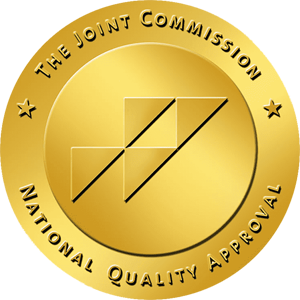Benzodiazepine addiction is a growing public health concern. These drugs are often prescribed for anxiety, insomnia, and seizures. While effective, they carry a high risk of dependence.
What Are Benzodiazepines?
Benzodiazepines are medications that slow brain activity. They produce a calming effect. Doctors prescribe them for anxiety, panic attacks, and sleep problems. Common names include Xanax, Valium, Ativan, and Klonopin. These medications work fast. That’s why people rely on them for quick relief. But this speed also makes them addictive.
How Benzodiazepine Addiction Starts?
Addiction often begins with a legal prescription. Over time, the body builds tolerance. That means the same dose no longer works. People may take more than prescribed. Some use benzodiazepines to escape emotional pain. Others use them recreationally. Either way, misuse leads to dependence. The brain begins to rely on the drug to feel normal.
Signs of Benzodiazepine Addiction
Benzodiazepine addiction can be hard to spot. The symptoms often build slowly. Look for these warning signs:
- Needing higher doses to feel the same effect
- Taking pills more often than prescribed
- Mood swings or irritability
- Memory problems or confusion
- Withdrawal symptoms between doses
- Doctor shopping to get more prescriptions
- Using the drug in risky situations
If you notice these signs, it’s time to seek help.
Why Benzodiazepine Addiction is Dangerous?
Long-term use harms the brain and body. It affects memory, focus, and decision-making. People may struggle with simple tasks. Benzodiazepines also depress the central nervous system. When mixed with alcohol or opioids, the result can be deadly. Overdose is a real risk.
Withdrawal is another danger. Stopping suddenly can cause seizures, hallucinations, or even death. That’s why medical supervision is vital.
The Withdrawal Process
Benzodiazepine withdrawal can be intense. It often includes:
- Anxiety and panic
- Sweating and shaking
- Insomnia and nightmares
- Nausea or vomiting
- Seizures in severe cases
Doctors usually recommend tapering. That means lowering the dose slowly over time. It reduces withdrawal symptoms and improves safety.
Treatment Options for Benzodiazepine Addiction
Recovery is possible. The first step is admitting there’s a problem. After that, medical detox is often necessary. Here are common treatment options:
- Medical Detox: Supervised detox is safe and effective. Doctors monitor symptoms and adjust medications. They help you taper off slowly.
- Inpatient Treatment: This option gives 24/7 care in a structured setting. It removes distractions and triggers. You focus only on healing.
- Outpatient Treatment: Outpatient care offers flexibility. You attend therapy sessions but live at home. It works well for people with support systems.
- Behavioral Therapy: Cognitive-behavioral therapy (CBT) is effective. It helps change thought patterns and cope with cravings.
- Group Therapy and Support Groups: Support groups like NA (Narcotics Anonymous) help people stay motivated. Sharing experiences builds connection and accountability.
Life After Benzodiazepine Addiction
Recovery doesn’t end after treatment. It’s a lifelong journey. Many people return to normal life with time and support. Healthy routines help. Exercise, sleep, and proper diet support the brain. Avoiding triggers is key. Relapse can happen. But it doesn’t mean failure. Each day is a chance to grow stronger.
Supporting a Loved One
Watching someone struggle is painful. But your support makes a difference. Be patient and nonjudgmental. Encourage them to seek help. Avoid enabling. Don’t give money or pills. Instead, help them find a treatment program. You can’t fix it alone. But you can walk beside them.
If you or someone you love is struggling, don’t wait. Reach out today. Help is available. Healing is possible. Your life can change for the better—one step at a time.






